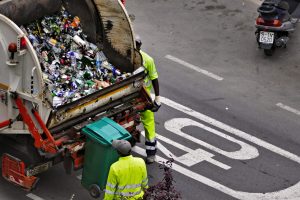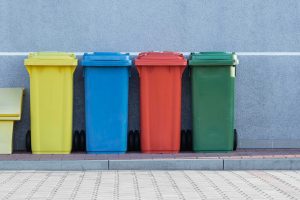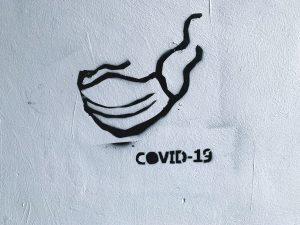Chile waste reduction ambition during Covid19 pandemic
Amidst social tensions and the COVID19 pandemic, the Chilean Ministry of Environment has been finalizing the targets for packaging materials within the current EPR law (extended producer responsibility law), a clear path to waste reduction. I leave you with my take on these latest modifications.
With the bill to regulate single-use plastics in the food industry, presented by us and Oceana (more info here), and the work on the “Chilean roadmap towards a Circular Economy,” this EPR law is the biggest legislative project of the last few years in Chile related to waste reduction.
The goal
The goal of the law is to make the producers of waste pay partly for a system that efficiently re-collects
The latest draft
A first draft in June 2019 was met with over 1500 comments from the field. Our team in Chile also participated and sent in various observations. I am happy to conclude that the latests modifications show Chile’s ambition to finally take care of its waste and push for a circular economy. These numbers even approach European figures.
I do want to clarify that it’s not just intended to be a recycling law, it focuses on other key elements of the circular economy as well. For instance: waste reduction, investment in infrastructure, R&D, eco-design and new business models. But I must say that at this moment most attention goes towards closing the current recycling gap in the country.
Some highlights of the latest modifications:
- 3-year extension to complete implementation (by 2034).
- Same recuperation ambition: 45% of plastic**, 70% of paper and cardboard, 65% glass, 60% of multilayer boxes (milk and juice boxes), 55% soda cans.
- Formalizing waste pickers work. They can now also be contracted directly by re-collection plants and
will be paid for their handling of the waste. This is a big step forward, because before they only received payment for the materials.
- Installation of waste (recyclable) collection infrastructure. Some municipalities have a big variation in its population during the year, like the coastal tourist destinations. They will be included according to their summer population to make sure they can handle recyclables in summer months.
- By 2034 Chile wants to have 80% of all households participating in a door-to-door re-collection system.
- Compensation of re-collection targets in the first four years of implementation. If a target for one material can’t be met, it can be compensated by another material.
With these measures, the Ministry of Environment hopes to capture and recycle 7.7 million tons of municipal solid waste in the first 12 years of operation of the law.***
I expect the official memo to be published soon, so more details will follow.
Influence of COVID19
The COVID19 pandemic is definitely having a massive impact on the Chilean (consumer) recycling.
Although not confirmed, I believe it’s highly probable that the Chilean Ministry of Environment took this into account when extending implementation time. I hope that initiatives like the Chilean Plastics Pact, and also early childhood environmental education will take flight after this pandemic is over, and will be of much-needed help to revive the troubled recycling industry.
* Chile is the third country of the OCDE with the highest percentage of sending waste to landfill
** Currently Chile´s Chile’s plastic recycling rate is 8,5% (2019, Estudio sobre reciclaje de plásticos en Chile, ASIPLA)
*** Annual MSW generation in Chile is 8,1 million tons (kg) (2017, OCDE).

 will be paid for their handling of the waste. This is a big step forward, because before they only received payment for the materials.
will be paid for their handling of the waste. This is a big step forward, because before they only received payment for the materials.
Trackback: แทงหวย LSM99 LOTTO
Trackback: 3 เกมยอดนิยม คาสิโนออนไลน์ LSM99